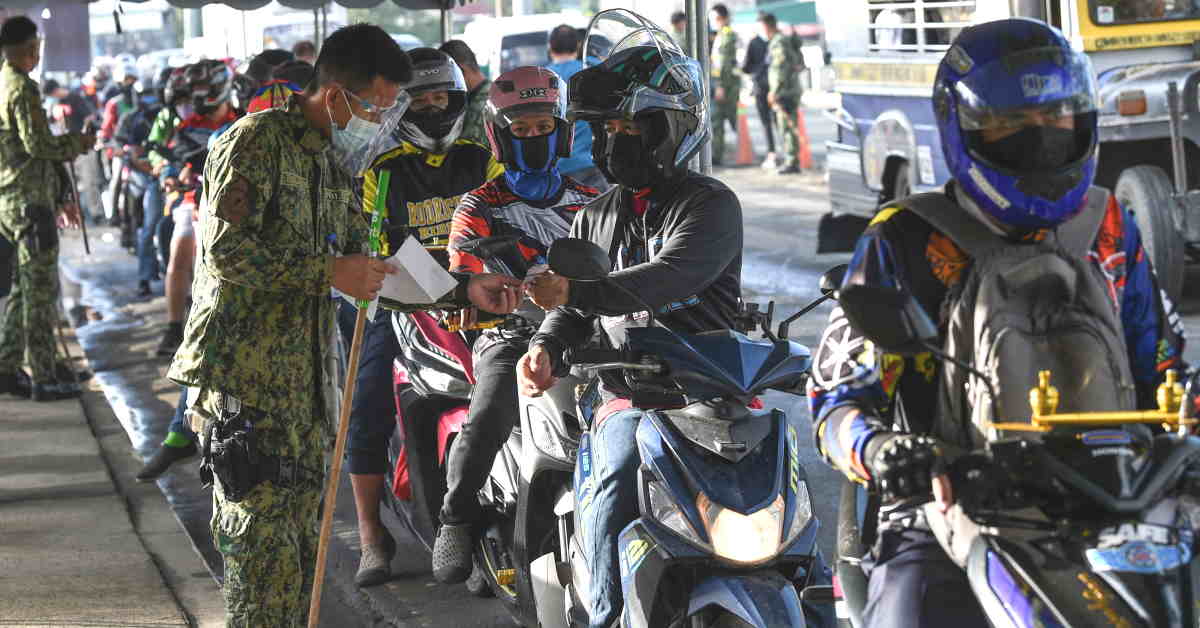The Philippine economy grew in the second quarter at its fastest pace in more than three decades, but an official warned Tuesday of "speed bumps" as coronavirus restrictions were tightened to combat surging infections.
Gross domestic product (GDP) expanded 11.8 percent on-year, the statistics agency said, after five straight quarters of contraction.
The increase – the best since the last three months of 1988 – was driven by a rebound in construction activity and consumer spending.
But it came off a 17 percent slump in the same period last year when the country endured its first crippling lockdown that wiped out millions of jobs.
"The robust performance is driven by more than just base effects – it is the result of a better balance between addressing COVID-19 and the need to restore jobs and incomes of the people," Socioeconomic Planning Secretary Karl Chua told a briefing.
But Chua warned hopes for "continuous positive growth" could be erased by the current two-week lockdown in the national capital region – which accounts for a third of the economy – and other areas aimed at slowing the spread of the hyper-contagious Delta variant.
"There are speed bumps given the ECQ (enhanced community quarantine) in Metro Manila and other parts of the country," Chua said.
"The longer we have ECQ then the higher the risk that we may not achieve our target."
The tightened restrictions, which include a ban on restaurant dining and an eight-hour night time curfew, are expected to cost the Philippine economy about US$3 billion a week in lost output.
Similar Setback
The second quarter – which overlapped another lockdown in April – contracted 1.3 percent from the first three months of the year, the data showed.
ING senior economist Nicholas Mapa predicted "a similar setback" in the third quarter because of reduced mobility.
The number of coronavirus infections in the Philippines has exceeded 1.6 million -- the second-highest caseload in Southeast Asia.
Authorities fear the more contagious Delta strain could tear through the nation as it has in neighbouring countries and overwhelm its health care system.
The number of daily new infections has doubled in recent weeks, fuelling hospital admissions in the country where only 10 percent of the population is fully vaccinated.
More than 200 hospitals have reached a "critical level" with bed and ventilator usage exceeding 85 percent, the health department said Monday.
That includes 25 facilities in Metro Manila. – AFP
